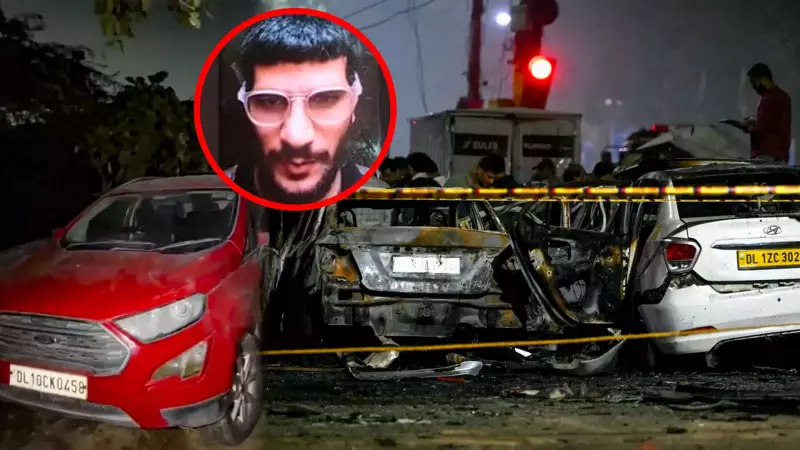
Indian intelligence agencies have made a chilling discovery in their investigation of the deadly Red Fort car explosion, uncovering a massive terror plot that planned to use dozens of vehicles as bombs across multiple cities. The elaborate scheme involved rigging 32 vehicles with explosives for coordinated attacks that could have caused unprecedented devastation.
The Deadly Discovery
Investigators revealed that the terror network had already begun modifying two specific vehicles - a Hyundai i20 and a Ford EcoSport - with preparations underway for thirty additional vehicles to be turned into mobile bombs. The coordinated attacks were planned to occur simultaneously in what authorities describe as one of the most sophisticated terror plots uncovered in recent years.
Thirteen people lost their lives in the initial Red Fort car explosion that triggered this extensive investigation. The blast occurred when a vehicle packed with explosives detonated near the historic monument, sending shockwaves through the capital's security establishment.
Key Suspects and Their Roles
Eight primary suspects have been identified in connection with the elaborate terror plan. The group includes four individuals with medical backgrounds: Dr Muzammil, Dr Adeel, Dr Umar, and Dr Shaheen. These educated professionals allegedly used their expertise to plan and coordinate the serial explosions.
Investigators have established that Dr Umar served as the operational coordinator, using the encrypted messaging platform Signal to communicate with other members of the terror cell. The private Signal group became the digital command center for planning the attacks and coordinating activities among the suspects.
DNA evidence has conclusively proven that Dr Umar was driving the vehicle during the fatal Red Fort explosion. This forensic breakthrough provided crucial evidence linking the suspect directly to the terrorist act.
Funding and Explosive Materials
The terror operation was backed by substantial financial resources, with approximately Rs 20 lakh allocated for procuring materials needed to manufacture explosives. Investigators tracked how these funds were used to acquire NPK fertilizer, a agricultural product that can be repurposed to create powerful improvised explosive devices.
The choice of NPK fertilizer follows a pattern seen in previous terror incidents where common agricultural chemicals were weaponized by terrorist groups. The substantial quantity purchased indicates the scale of destruction the plotters intended to achieve with their 32-vehicle bomb plan.
Security agencies have also established that Dr Muzammil maintained connections with Ansar Gazwat-ul-Hind, a known terrorist organization. This linkage suggests the plot had international terror connections and was not merely a local initiative.
The uncovering of this massive terror scheme has prompted security agencies across multiple states to heighten alert levels and review security protocols for public spaces. The investigation continues as authorities work to identify any additional suspects and locate the remaining vehicles that were intended to be used in the coordinated attacks.





